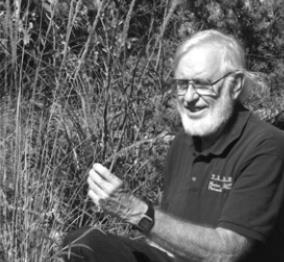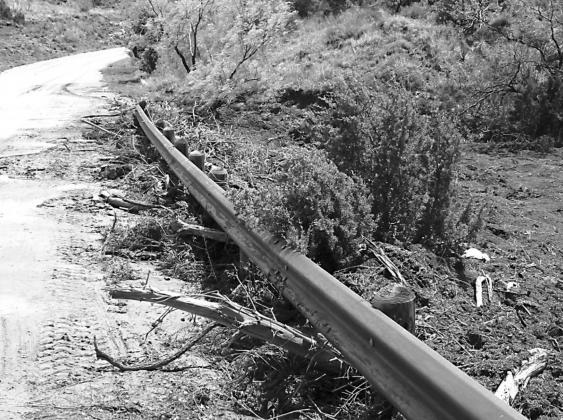Eighty Years After the Dust Bowl: Have We Learned Enough?
I wrote this while on vacation in the Texas Panhandle on April 26, 2015, just 12 days after the 80th anniversary of Black Sunday, the name usually given for the worst day ever, during the Dust Bowl years. And I was just on the edge of the southern-most part of the area of the most extreme devastation.
What made these facts more meaningful was I had brought with me as some of my reading material a document published by Ricky Linex, a USDA, Natural Resources Conservation Service agent from Weatherford. The 18- page document, published on the 80th anniversary of Black Sunday, was all about the Dust Bowl, including long interviews with a couple of people who lived through and survived those times in the Texas Panhandle.
I grew up hearing stories about the Dust Bowl and have read Timothy Egan’s book, “The Worst Hard Time”, so I was not unfamiliar with what happened back then. But the coincidence of being in the region near the anniversary date of the worst day, and reading some of the accounts in Linex’s newsletter, somehow, made it all more real for me.
I suspect if asked, “What was the cause of the Dust Bowl?” most folks would respond - the drought caused it. And that would be partly correct, but certainly incomplete. People, or rather the management practices of the landowners in the area, contributed a lot toward the soil erosion and blowing sand during those times. And in fact, it could also be said that government policies contributed to the problem as well.
The government offered generous grants of land to people to settle and “prove” the land to be productive and profitable. This encouraged way too many people to settle the region and to either plow up good grassland to convert it into marginal farmland, or to overgraze the land trying to produce too many animals on too little land. These facts, combined with what we now know to be the poor land conservation practices of the time, all contributed to the Dust Bowl.
The land had seen droughts before, but when the soil was covered by thick stands of native grasses, the grass held the soil in place as well as captured and held what rainwater did fall. So, previous droughts did not result in unprecedented soil erosion and blowing sand which killed what little crops then existed and made life miserable for the new settlers. Growing up less than 200 miles from the Dust Bowl and just 15+ years later, I remember sand storms so bad we couldn’t see the neighbor’s house 50 feet away, and we had sand creeping in under every window and door. But by comparison, we didn’t have it so bad—we didn’t have to string a rope from the house to the barn to find the way there during the worst storms, and we didn’t have to feed tumbleweeds to the animals. Or eat tumbleweeds ourselves either! Some people really did!
But what came out of the experience of the 1930s was the establishment of the USDA Soil Conservation Service--SCS (now known as the Natural Resources Conservation Service—NRCS). The scientists at the SCS began educating farmers and ranchers about better techniques including rotational grazing, better crop selection, crop rotation, contour plowing, using different plows that left more stubble on the ground, and a host of other practices that have since greatly improved the conservation of soil and the productivity of the land. And of course, the advent of irrigation has made a tremendous change in the productivity and conservation of the region.
My first job as a kid was working for the farmer next door irrigating his cotton fields with that wonderful, and now threatened, Ogallala aquifer!
But it turns out that nothing is perfect. Our time on vacation in the Panhandle happened to be a time just after and during a week of very heavy rain. Driving around the area after this, we saw many examples of farmland having been washed away, onto the roads in some cases, and many clean, stubbleless fields exposed to the elements of wind and water.
“Man—despite his artistic pretensions, his sophistication, and his many accomplishments—owes his existence to a six-inch layer of topsoil, and the fact that it rains”—Author unknown.
Until next time…
Jim Stanley is a Texas Master Naturalist and the author of the books “Hill Country Ecology,” “Hill Country Landowner’s Guide” and “A Beginner’s Handbook for Rural Texas Landowners.” He can be reached at <jstmn@ktc.com>. Previous columns can be seen at <www.hillcountrynaturalist.org>.


